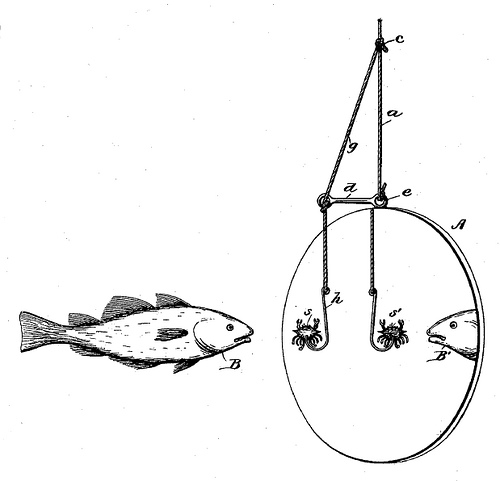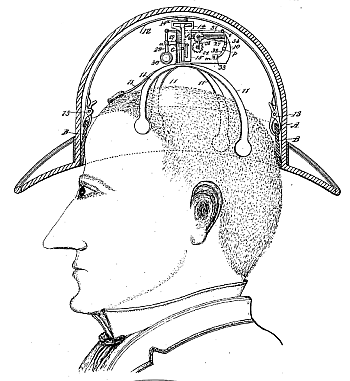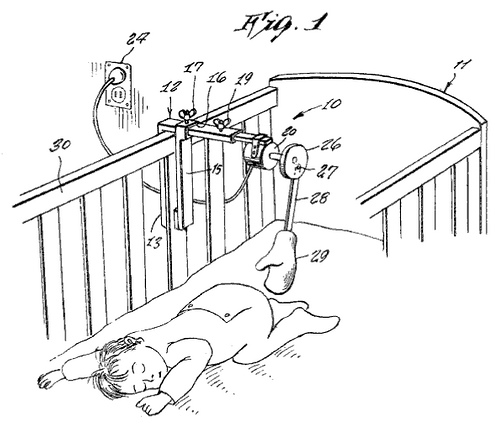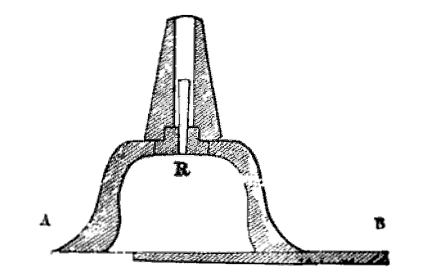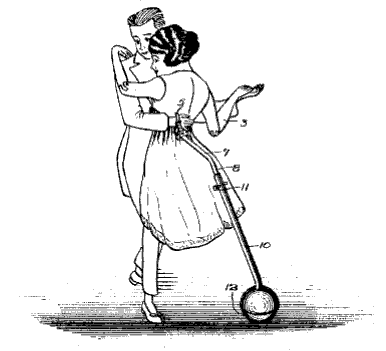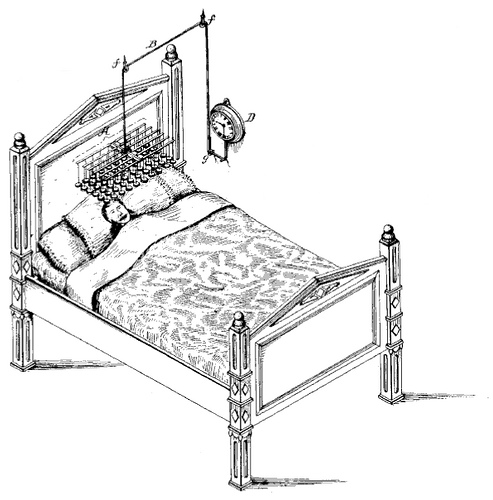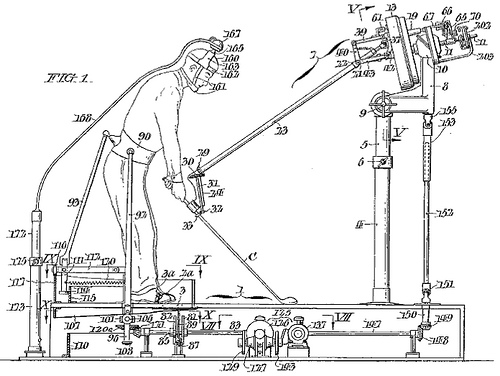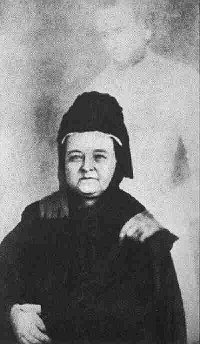
That’s Mary Todd Lincoln with the ghost of her husband, as captured by “spirit photographer” William H. Mumler.
The story goes that Mary sat for the photo in the early 1870s, when she had taken the name Lindall, and that the photographer didn’t know her identity until the exposure revealed the martyred president.
That’s the story. Skeptics immediately accused Mumler of fakery, and he didn’t win any friends with his new career, “revealing” the ghosts of Civil War dead for their grieving families.
That practice was too low even for P.T. Barnum (!), who testified against Mumler in a fraud trial in 1869. He was acquitted, but he died penniless in 1884.
Perhaps Mumler really had discovered an astonishing new technique … but it seems telling that his own ghost has never been photographed.

